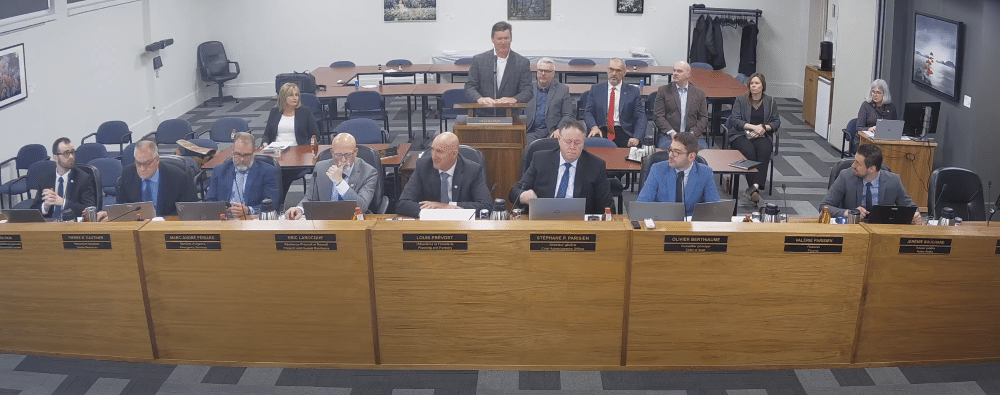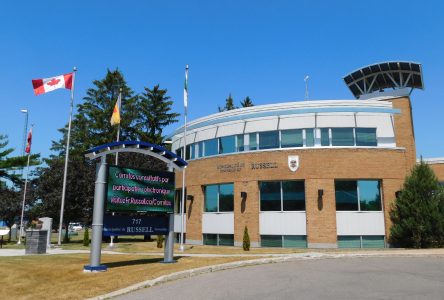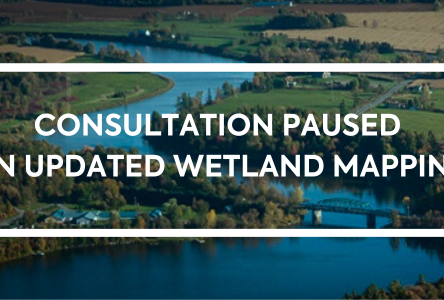During the committee of the whole meeting on April 12, the United Counties of Prescott and Russell council (UCPR) received a report from the Eastern Ontario Regional Network (EORN) regarding its Cell Gap Project, presented by Lisa Severson and Jason St. Pierre. EORN is a non-profit organization dedicated to improving rural connectivity, and the Cell Gap Project is aimed at improving reliable cell service across Eastern Ontario.
The report started with an outline of the EORN’s core values and its current projects, including the broadband expansion project, the Cell Gap Project, and the Municipal Fibre project. EORN negotiated a 10-year contract with Bell to bring high speed internet to the region and place 5500 kilometres of new optical fibre cable in 2014, signed a contract with Rogers for the Cell Gap project in 2021, and began construction on new regional cell towers in 2022.
The current timeline for the Cell Gap project outlines construction plans for new cell towers to fill in gaps between the existing towers. The current towers are too far away from each other to provide consistent coverage for cellular data, and even voice and text services are seeing interruptions. The EORN is required by federal standards to provide seamless voice calls, with no interruptions or dropped calls.
The Cell Gap project aims to achieve 99 percent coverage for normal cell phone calls, 95 percent coverage for standard data service that supports web browsing, email, and social media, and 85 percent coverage for high-definition data service such as video conferencing, streaming, and other data-intensive applications.
The project aims to upgrade 312 existing cell towers to support LTE and 5G technology, construct 260 new cell towers across the region, and borrow space on 74 cell towers belonging to other providers. The EORN report indicated that 297 upgrades are complete, 13 new sites are in service, and 15 borrowed sites are operational. The agency expects to meet or exceed the project goals by 2025. Service-level agreements are in place for five years to ensure capacity is maintained.
EORN expects the completed project will result in tighter cellular coverage and also increase the call capacity of the local network, improve economic development opportunities, increase tourism experiences, improve public safety, and support future deployment of new technologies.
The project was funded through a $300 million investment from various organizations, before in-kind contributions and community benefits. The federal government contributed $70,981,235, the provincial government contributed $71,000,000, Rogers provided a minimum of $150,000,000, and the Eastern Ontario Warden’s Caucus (EOWC) and Eastern Ontario Mayor’s Caucus (EOMC) jointly contributed $10,123,699. The UCPR itself contributed $683,085, but since it prepaid its investment, $51,231 was returned in accrued interest.



